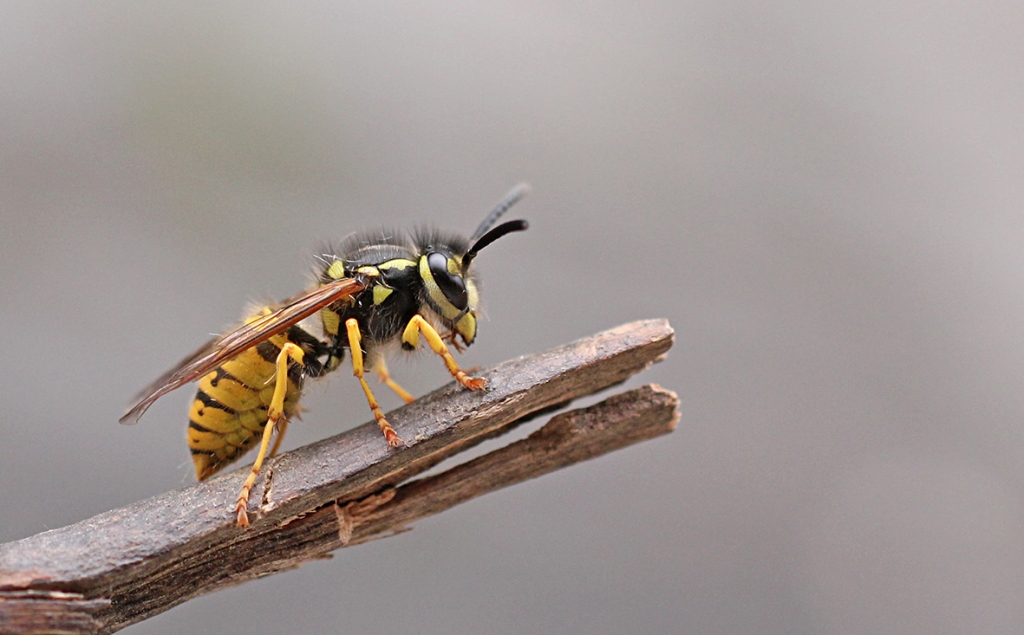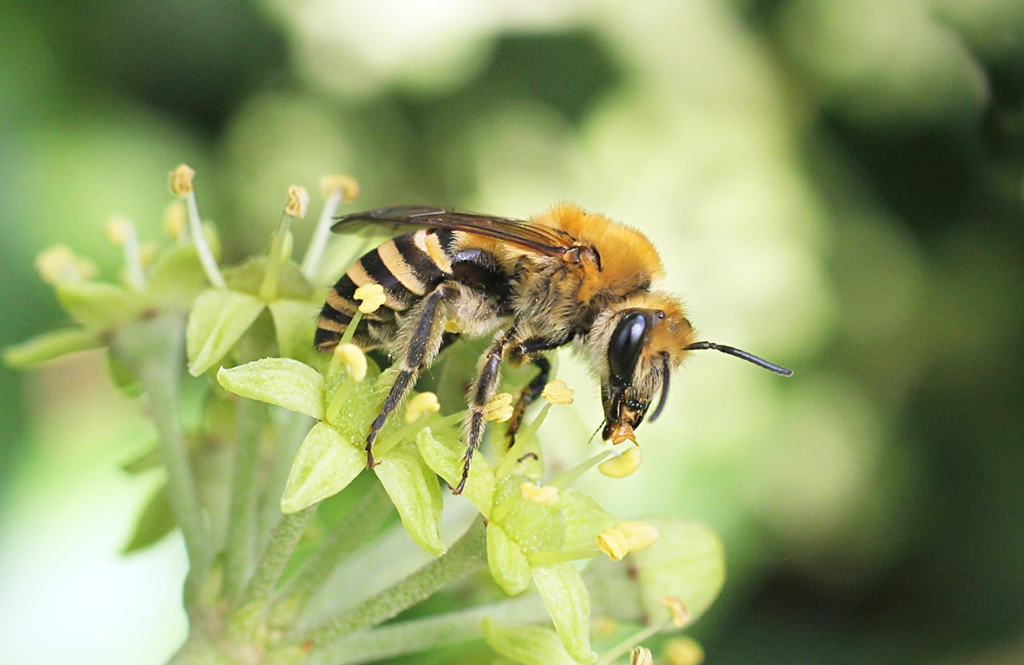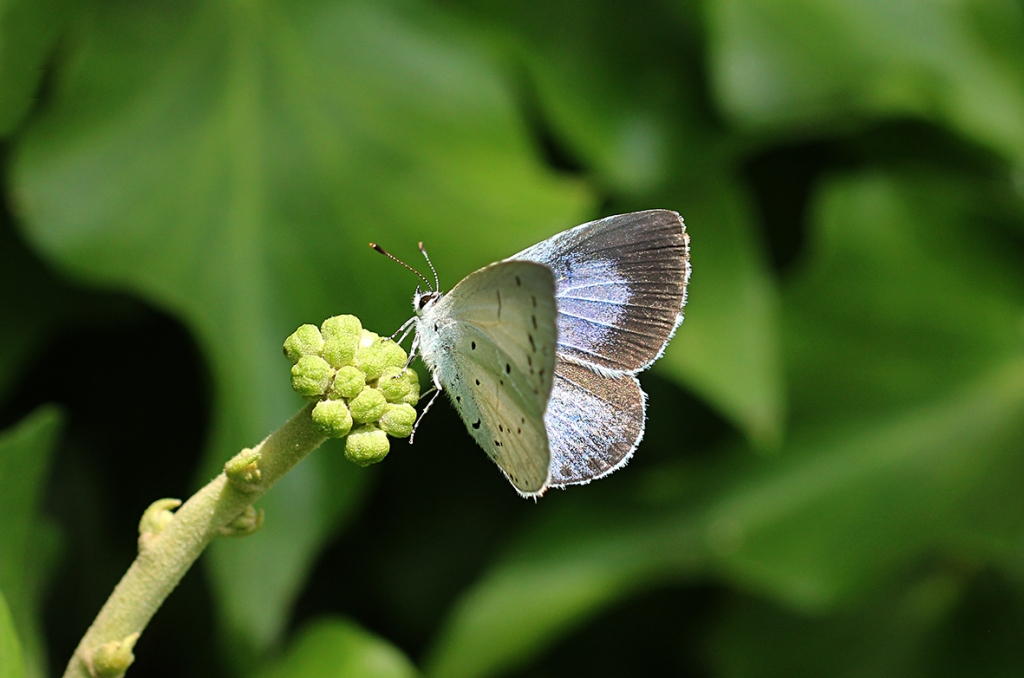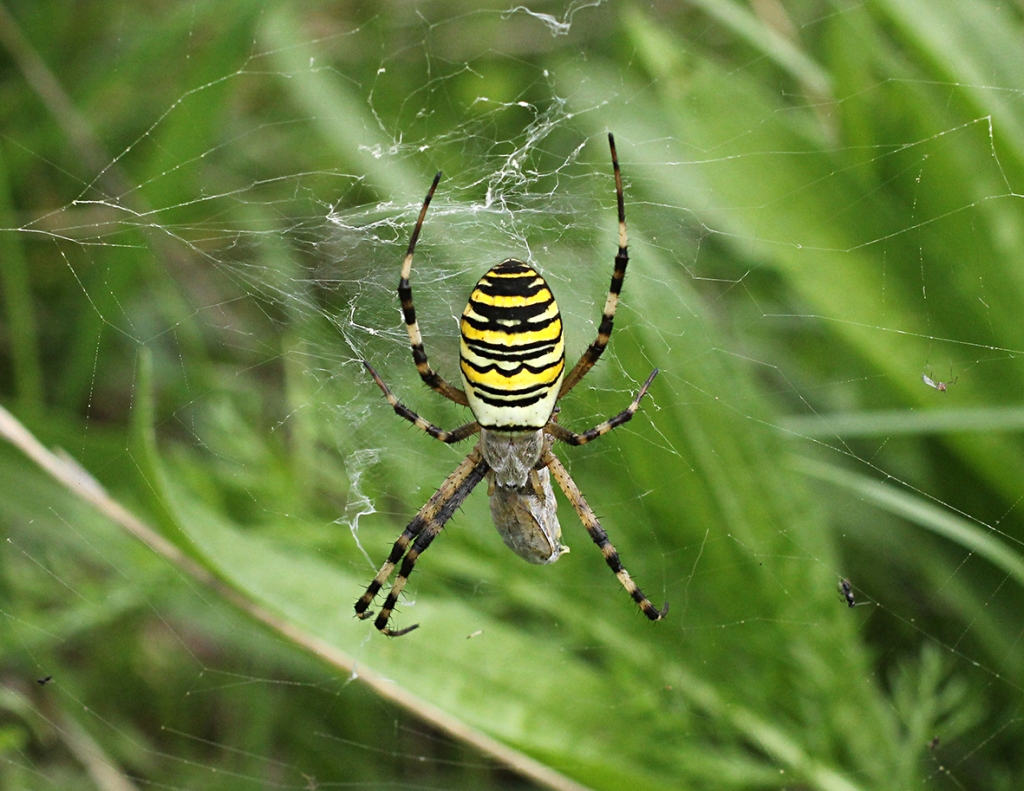This article first appeared in the Space #147 issue of Litro magazine.

My name is Platyrhinus resinosus and I live in Peckham
My name is Platyrhinus resinosus. I am a weevil and I live in a log in a small park in Peckham. I moved into a council log when a grant was given to spruce up Warwick Gardens a few years ago. It suits me well as I have my own cramp-ball fungus to feed on, though I do have to contend with upstart spiders who weave their webs over my patch with absolutely no regard for my personal space. My home is in the Log Quarter of Warwick Gardens, an area of high-density log housing, populated by beetle larvae, woodlice, earwigs, spiders, solitary bees and wasps. We have a buzzing little community here. Yes, we have our problems – the mining bees have a hard time in the summer when they have to fend off parasitic wasps wanting to inject eggs into their nests; the beetle larvae cause havoc to the log interiors, and the woodlice make quite a noise at night with all their chewing. And spiders can be a nuisance, especially for the flies. All in all we try to get on with each other. But things are changing.
New species have moved into the area, with fancy names like ‘mottled shield bug’, ‘mosaic leafhopper’ and ‘southern oak bush-cricket’. They have taken over the lilac bushes, conveniently positioned to look down on the more common species in the park. This area, next to the football pitch, is the main food boulevard with its ivy bars, thick long grass, lush blackberry bushes and the big-leafed showy lilac bushes. It’s the trendiest place to be and full of pop-up food stalls offering a range of artisanal kebabs of plump aphids and shield bug nymphs, alongside cocktails of dandelion nectar, ragwort pollen and craft yarrow stem juice.
It used to be relatively quiet here, but since the council stopped mowing a patch of grass and let it run wild with flowers it’s become really noisy with visitors swarming in from the surrounding areas to party. The hoverflies tell me stories of ladybirds running amok, bees drunk on pollen and crickets chirruping loudly all day long in a desperate attempt to find someone to mate with. This is the place to see all the well-heeled fashionable insects: the brightly coloured butterflies, sleek whizzy dragonflies, jewel wasps in their fancy metallic clothes, and the hipster ladybird flies with their beards and orange polka-dot shirts. Habitat is at a premium and I did hear that the parent bugs and their families had been pushed out due to the high rent of catkins and forced to move to the silver birch tree next to the railway line.
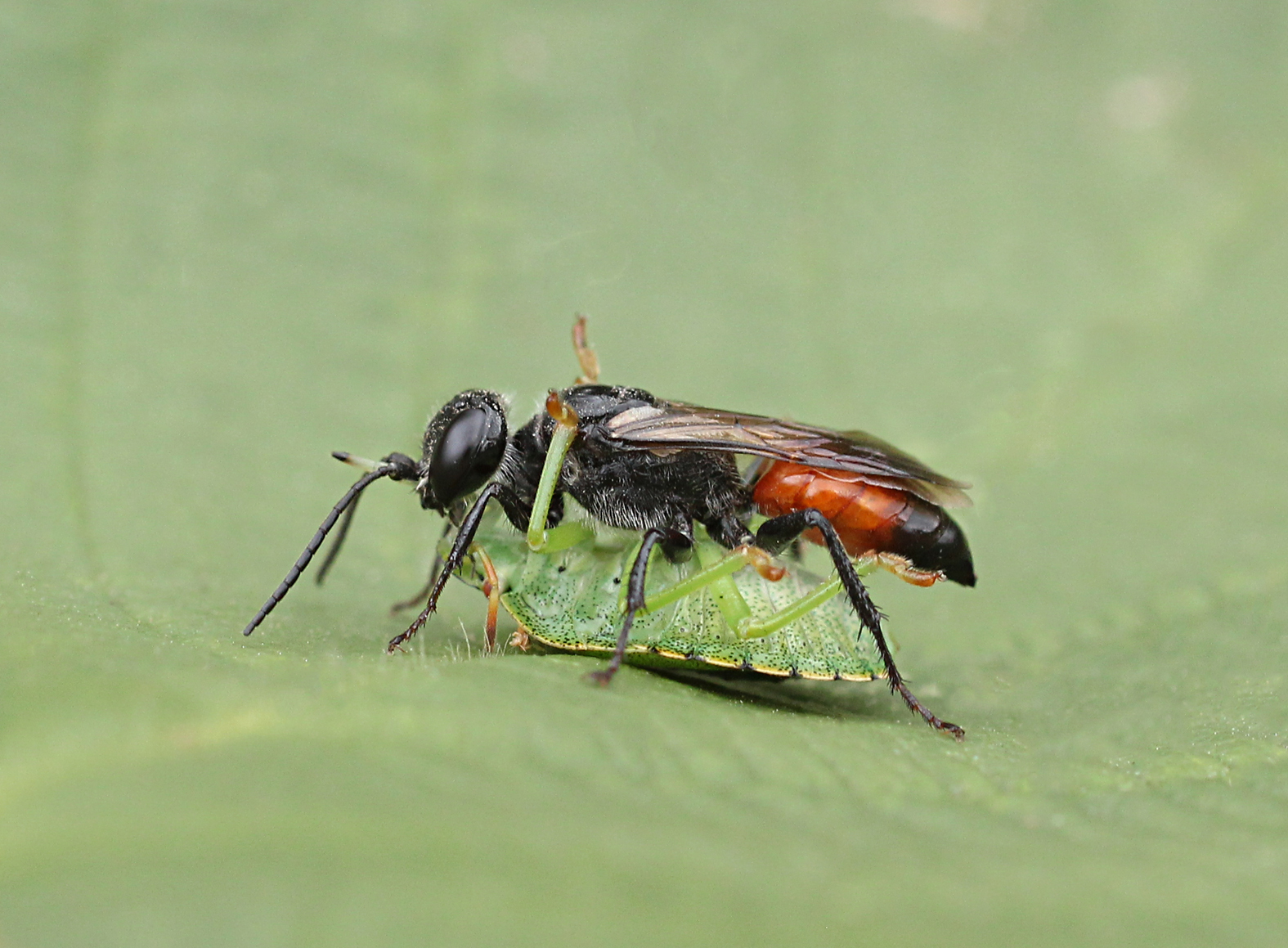
Solitary wasp with an artisanal shield bug nymph kebab
In my log a plethora of new kitchens have popped up. In the days before gentrification we called them ‘caffs’. The solitary wasps have repurposed, upcycled and retrofitted old beetle holes in readiness of opening their own seasonal pop-up kitchens. Their menus promote ‘locally-sourced produce’. Juicy organic aphids farmed by ants and plucked from the stem of an award-winning rose bush, or fed exclusively on the sap of a mature sycamore tree; spiders that have been fattened up on free-range hoverflies who have been allowed to roam free amongst the flowers and whose blood has a piquant of ragwort about it; and plump bluebottle flies with their robust meaty flavours of dog poo. Preparation is simple. Aphids and flies will be ‘lightly paralysed’ so as not to destroy the delicate juices and to ensure they keep their freshness. Spiders will have their legs skilfully sliced off with sharpened jaws and the precision of a master butcher, their bodies stacked high in larders like slowly drying hams. In a true ‘once-in-a-lifetime dining experience’ each diner will have its own room in which to enjoy the all-you-can-eat buffet. And these diners are special – they are the young wasp larvae.
One of the logs on our manor is up for renewal. It finally succumbed to being rendered useless partly due to decomposition. This log has been home to bees, wasps and beetles for the past few years and they are now being forcibly evicted by either the council foxes or human vandals with nothing better to do. Admittedly it has seen better days – a rather shabby exterior full of holes, cracked bark, and fungus graffiti’d along the damp ground-floor walls. The interior is a brittle honeycomb of lignin, filled with sawdust echoing their use as bee and wasp nurseries and still ringing with the distant sounds of buzzing gone by.

The Log Quarter in Warwick Gardens
Unfortunately some of the residents didn’t receive their eviction notices in time and their homes have been brutally ripped away and strewn across the park, the contents spilling out onto the grass exposing still-ripening larvae cocooned in silk. Tiny beetle larvae caught up in the carnage struggle with being exposed to the outside world and succumb to being carried off by ants, whilst the centipedes emerge from hiding to see what all the fuss is about. The woodlice, who occupied the lower floors and have always had their antennae to the ground, have already moved their families to another log after realising the beetle larvae neighbours had been eating away at the upper floors and were in danger of being crushed. And the common wasps have moved in, like bailiffs, to pick over the remains and take all the free sawdust to build their nests.
Soon the developers will move in with “a vision of the log as a horizontal city for thousands of insects to live in and enjoy”. Knowing developers they will probably replace it with a shiny new MDF log, complete with layers of impenetrable varnish rendering it totally useless to us beetles. Holes drilled in neat and tidy rows, inspired by some of those fancy bee hotels, will be sold off as ready-made bijou homes for the wealthier bees and wasps, with a noticeable lack of affordable lignin making it impossible for the hard-working mulch-munching insects to set up home. And they will make it multi-functional to include habitats for humans complete with a rooftop picnic area, parking for pushchairs and nice tidy planting.
There is even a new edible hedge stretching all the way along the side of the railway line. This regenerated area is a sprawling estate of shiny new shrubs and fruit trees, replacing the perfectly established clusters of black horehound, thistles and nettles deemed rather unattractive and scythed into oblivion. Stylish architectural sculptures of dead wood dot the area, no doubt hoping to attract the rather distinguished stag beetle to make a home here. At the moment the local insects are not keen on the hedge as it contains plants they have never seen before, and as they were never consulted on what plants they would like, are rather pissed off. Instead they have been converging on a tiny patch of tatty thistles, purposely left off the weeding roster and preserved as a nod to the ‘heritage’ of the area, in an act of defiance. My cousins the vine weevils have had to find somewhere else to live as their habitat has gone, and we really don’t know what will happen to the tiny spear-thistle lacebugs who have lived in the park for generations.
It will be interesting to see who moves in or whether it will end up half-used and entomologically unloved, a moral of regeneration gone wrong. And now there is talk of creating a meadow full of all the big flashy commercial wildflowers such as ox-eye daisy, poppy and knapweed ‘to bring more pollinators into the area’ – a sort of Westfield of the wildflower world. Yet another expensive homogeneous development devoid of individualist character promoted by over zealous but under-appreciative landscapers, upsetting the local demographics and taking all the credit away from the lowly daisies and dandelions who have spent years effectively doing the same job.
So I sit here, on my log, watching the changes with a sinking heart. The park has become unrecognisable to when I moved in. I see fewer of the insects I grew up with, having had to move to ever decreasing pockets of habitat just to survive. Gone are the days when we would stop and have a friendly chirp over a blade of grass, the new neighbours deigning to give me only a cursory glance as they scuttle by with an air of snobbish arrogance. And soon even I will be gone, a remnant of old Peckham, remembered only in the pages of an insect identification book.



